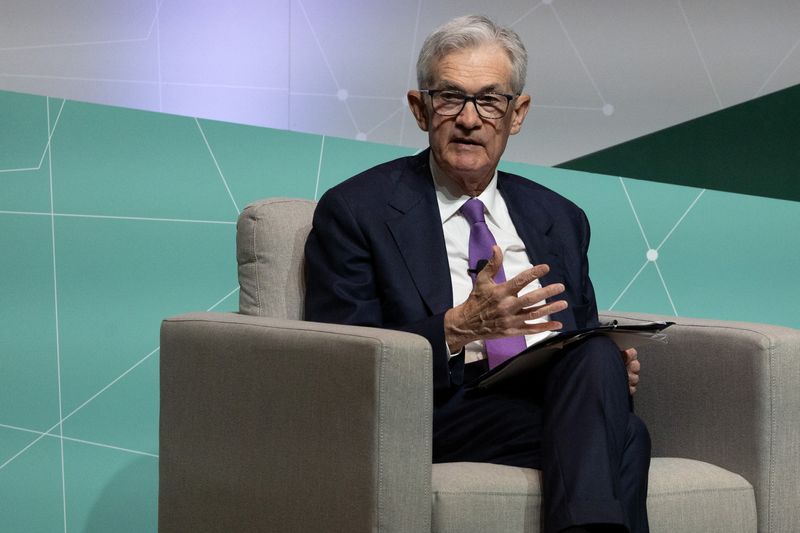Federal Reserve Chair Jerome Powell's upcoming speech at Jackson Hole on Friday is expected to be the main event this week.
Economists at UBS said last week that Powell is likely to strongly indicate a September rate cut, however, they also expect him to emphasize a degree of data dependence, noting that inflation has not yet returned to target, nor is it guaranteed to do so despite forecasts.
“A lot of progress has been made, we expect him to argue, but ongoing removal of monetary policy restrictiveness will depend on the ongoing progress of inflation toward 2%, weighed against the risks to the labor market,” economists said.
“We also think he will provide some clarity about how quickly a recalibration might be needed at the moment.”
Minutes from the July FOMC released Wednesday highlighted increasing concerns about labor market risks, but it also reflected a dovish tone from the committee.
It showed that the committee was more focused on labor market vulnerabilities than the risk of a renewed inflation surge, despite acknowledging that inflation remained somewhat elevated.
While only “several” members considered a 25 basis point rate cut at the last meeting, it was clear that a “vast majority” were leaning toward a rate cut at the September meeting. Moreover, “many” participants viewed the current policy as restrictive.
Citi economists shared similar remarks. They said Powell is likely to signal the first rate cut at the September meeting following the recent month-over-month 0.165% rise in core CPI, which marked the third consecutive reading at or below 2% on an annualized basis.
Notably, the dovish risk at the Jackson Hole conference, according to Citi, is that Powell could go further and “suggest that slowing inflation and rising unemployment may warrant a faster pace of rate reductions.”
Separately, BTIG strategists noted the Jackson Hole event will be the next major catalyst for stocks after the S&P 500 closed 0.4% higher on Wednesday, edging closer to its all-time highs.
The setup for equities is now “curious,” strategists note, as “volatility is bid.”
“That makes sense after a couple days of the lowest put/call ratios in a year, traders are starting to hedge some risk, albeit more through the options market than by selling their stocks,” they explained.
“Given volatility has a bid, that makes an outright 'sell the news' on Friday less likely, in our view, as there is now room for vol to get hit into the weekend,” strategists added.
They also said that it would be surprising if the S&P 500 rallies through its previous highs without some further consolidation, as the index remains short-term extended into resistance.
The index has an unfilled gap at 5639, which should be monitored for potential further strength. The market may see a bit of a decline in spot prices and volatility from current levels, BTIG's team added.
